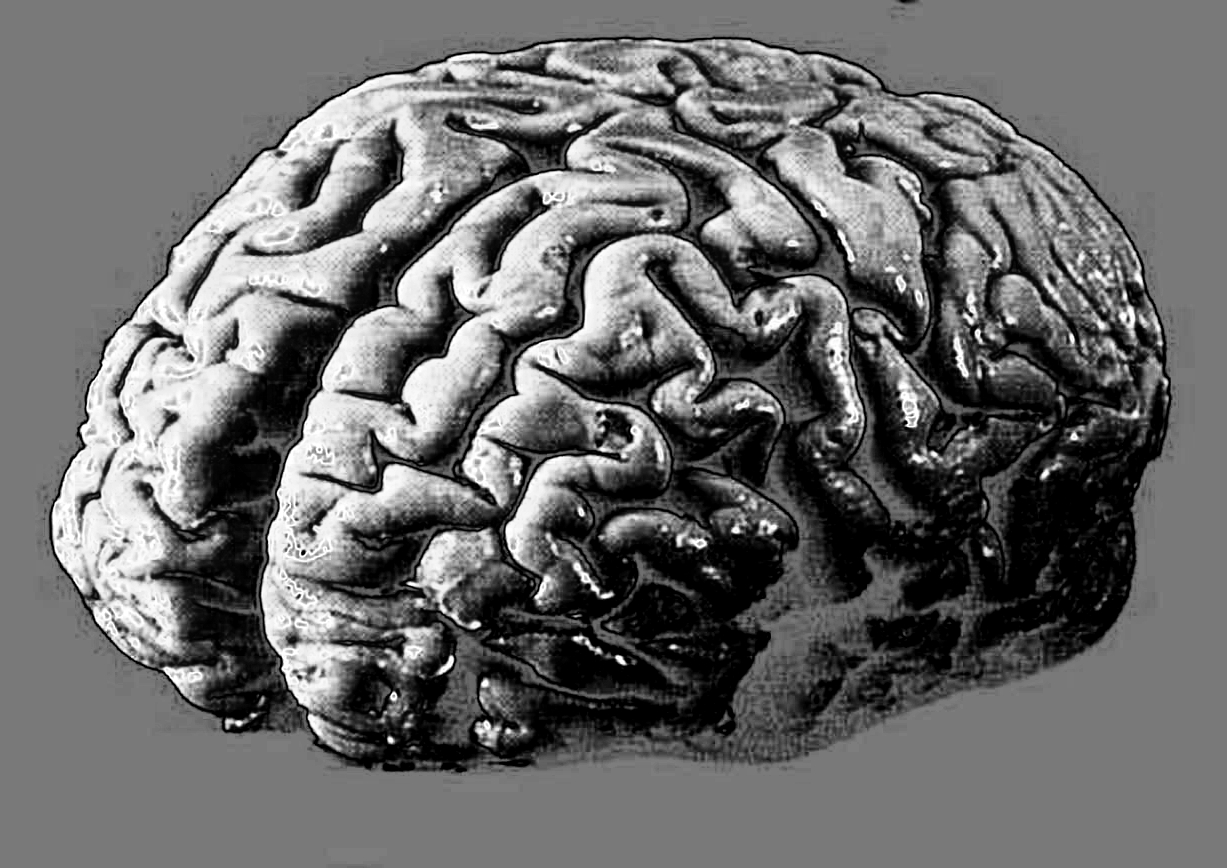Online dementia check developed
 Researchers have developed an online tool for assessing dementia risk.
Researchers have developed an online tool for assessing dementia risk.
Currently, over 55 million people are living with dementia around the world, with that number set to increase to 78 million by 2030, and the focus on dementia research increasingly shifting towards prevention.
The new online tool takes approximately 20 minutes to complete and provides a personalised dementia risk report that patients can discuss with their doctor.
Since developing the risk tool - known as CogDRisk - in 2022, a UNSW Sydney team has been evaluating the success of the tool, by trialling it on four existing datasets, with the results published recently in The Journal of Prevention of Alzheimer’s Disease.
They found that CogDrisk is effective at predicting dementia.
“There's lots of information about the risk factors for dementia in the academic literature,” says Professor Kaarin Anstey from UNSW’s School of Psychology and NeuRA.
“But there's a gap between just knowing the risks and actually being able to assess whether or not you have the risk, and then knowing what to do about it. CogDrisk was developed to address this.”
Unsuccessful clinical trials for dementia treatment are driving calls for dementia prevention.
“Prevention is now recognized by the World Health Organization as one of the key areas of research. Alzheimer's Disease International and most of the National Dementia action plans include dementia risk reduction,” says Prof Anstey.
But while there are a lot of different studies on risk factors for dementia across the world, there's no clear agreement on what the risk factors are.
To address this problem, the team used statistical methods to combine all the risk factors cited in the existing literature.
“So we did a systematic review, to get all the different risk factors for dementia - those which were robust, and those which were modifiable and could be assessed through a self-report instrument,” says Prof Anstey.
Some of the key modifiable risk factors that increase someone’s risk of dementia include insufficient physical activity, obesity in middle age, high blood pressure in middle age, smoking, and poor diet.
“That whole process took several years, we published the review, and then we had to develop the risk assessment tool itself.”
This study analysed four different cohorts from existing medical studies, with varying demographics and a total of over 9,500 participants.
The cohort data was matched against the key risk and protective factors assessed in the CogDrisk tool, including whether individuals have diabetes, depression and insomnia, information on their diet and eating habits and how much they engaged in physical activity.
The team were then able to match these to a record of dementia cases that developed within the same cohort.
“Our statistical analysis shows it's a very robust and generalisable tool,” says Prof Anstey.
“It works across different countries and different data sets. And it's also quite comprehensive, it includes a lot of the newer risk factors that weren't previously included.”
Predicting dementia is more difficult than predicting some other diseases, partly because it progresses over two or three decades and there can be a strong genetic component.
“It's a multi-causal disease. But there are some modifiable risk factors. Most people want to know what their risk factors are and want to do something about them once they know,” says Prof Anstey.
The team who developed the tool are hoping that it can be used in healthcare settings to make it easier for GPs and patients to get information on risk reduction.
“Not only are there lots of risk factors, but dementia itself is very complex, and GPs are very busy. So we're trying to develop ways of making it easier for the public and GPs to get the right information,” he said.
The team is also looking to translate the online tool into different languages, so it is accessible to more people.








 Print
Print